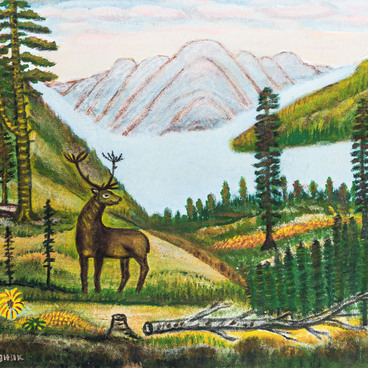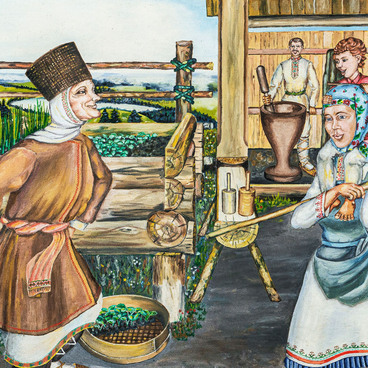The main theme of Polina Kogay’s works is folk costume and folk patterns. The artist creates textile dolls that are traditional in shape. She sews costumes for them that most closely resemble authentic samples of the folk dress. Kogay selects and combines fabrics, decorates costumes with hand embroidery, and uses traditional patterns of different cultures.
In an interview, Polina Kogay said, “I have a great desire to find ways to revive the heritage of our ancestors in modern life. Today it is a search for artistic solutions to transfer the wealth and beauty of Russian women”s crafts in the art of making a rag doll’.
In the old days, there were dozens of rag dolls in families. People believed that they bring good luck and wealth, promise a good harvest, protect against diseases and the evil eye. Some toys were a family heirloom, others were disposed of after they fulfilled their ‘duties’.
There were also ordinary dolls in peasant houses. Girls often made dolls themselves to show their adult family members how good they are at needlework.
The ‘Doll in the Ural costume’, presented in the exhibition, was sewn by Polina Kogai by hand. The craftswoman made the doll’s torso of gray linen. The doll wears a gray linen shirt with a high neck collar and long sleeves. On top of the shirt, there is a long straight-cut “sarafan” dress with dark blue godets.
The high headdress, resembling a girlish headband, was decorated by the craftswoman with a golden-brown ribbon and a beaded ornament. The doll has dark blue wool boots on her feet. In the past, such beautiful dolls were often commissioned for children from noble families.



